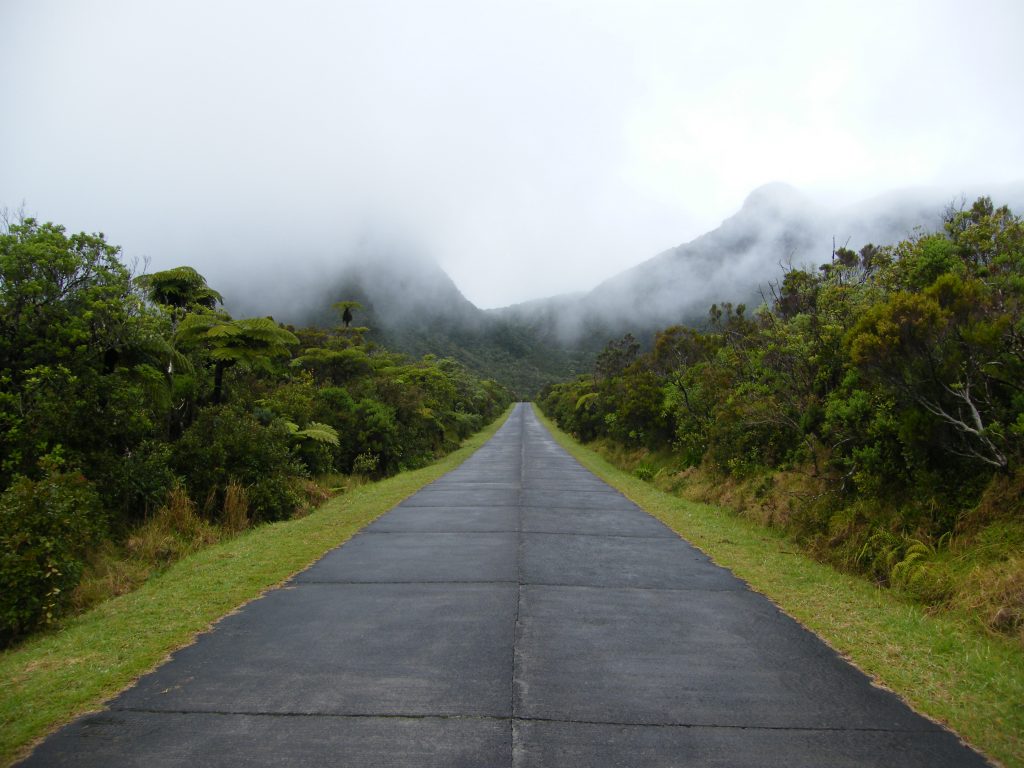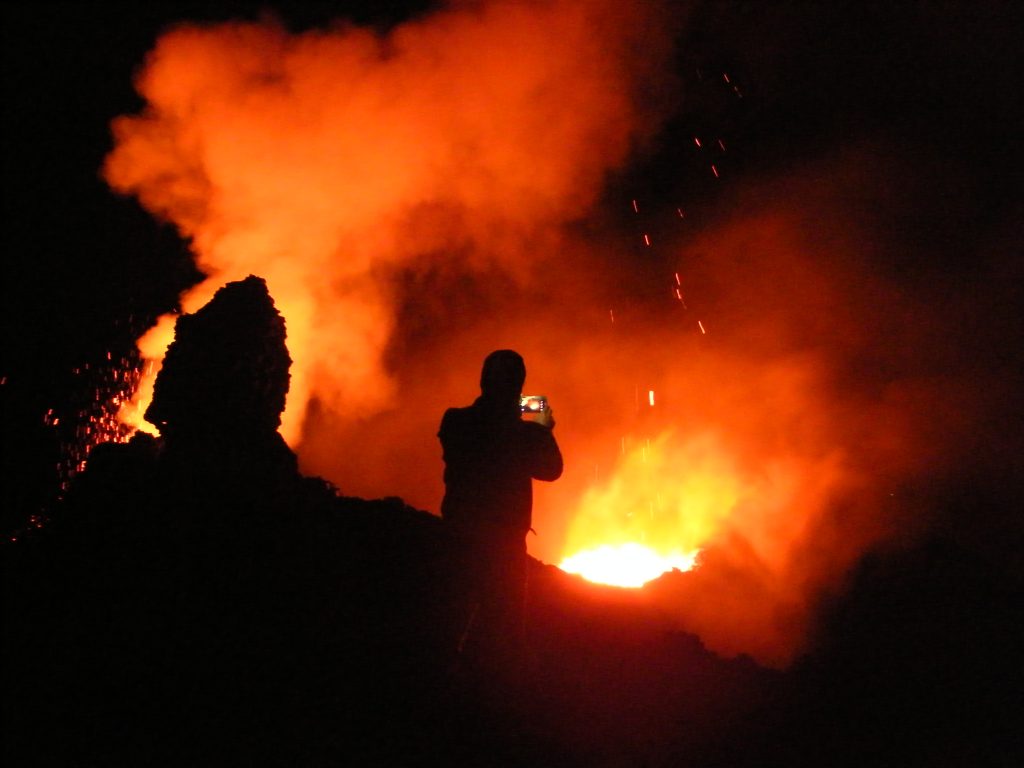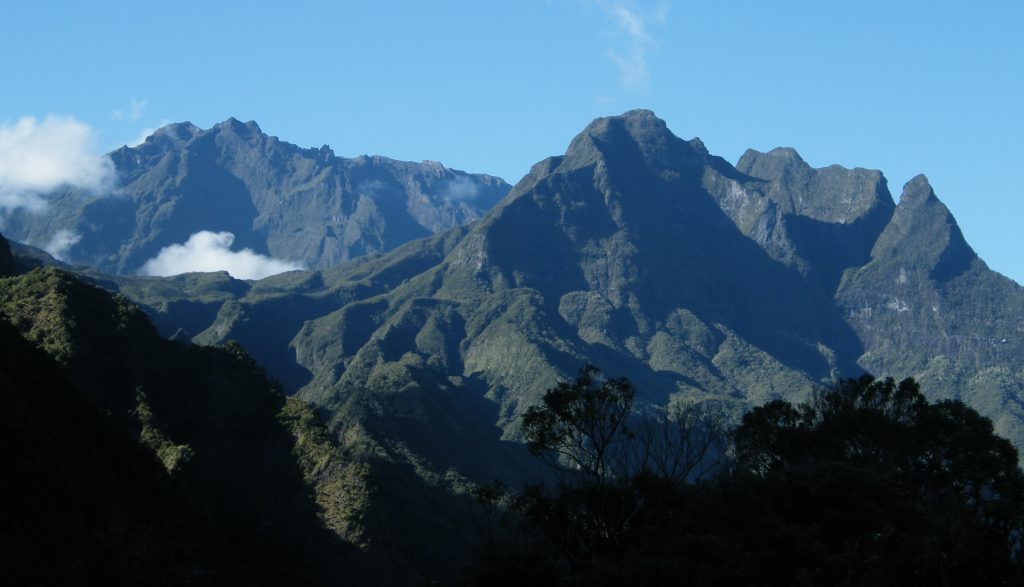The whims of the volcanoes have shaped this fertile land, swept by the moisture-laden trade winds. It unfolds wild landscapes whose biodiversity has been preserved by the rugged relief.


Although Reunion is an island, it is not its coastline, but its exceptional geology, which gives it its charm. You can measure it by helicopter, from the flight over the Dolomieu crater – if it deigns to reveal itself – to the descent into the Iron Hole, brushing the walls to admire its waterfalls. A challenge for the pilots. The only thing left to do is put on your hiking boots to enter the heart of this volcanic relief, crossed every October by the ultra-trail of the Diagonale des fous, one of the most arduous raids in the world. Each of its cirques keeps its identity: Cilaos, open and very visited; Salazie, the greenest and adorned with Creole huts; Mafate, accessible only by steep paths. Small plateaus surrounded by ravines, its islets, offer refuge to hamlets supplied by the air. The tec-tec quickly becomes the mascot of the hiker that it follows by fluttering, while spiders of beautiful size, but placid and not venomous, adorn the trees of embroideries. It will be a question of choosing one’s path well, between the almost flat path of the orange tree channeling, clinging to the side of the cliff, offering breathtaking views for those prone to vertigo, and the rough climbs up to the refuge of the Dufour Cavern. A beautiful effort to be celebrated with arranged rum, with a moderation which will make it possible to wake up for the sunrise from the piton des Neiges, culminating at 3071 m, vestige of a volcano extinguished since some 30,000 years. The study of this volcano allows us to better understand the evolution of the Piton de la Fournaise, whose regular eruptions attract crowds to the edge of the rampart delimiting the enclosure where its lava is poured. In periods of calm, it opens to hikers, who will not lose sight of the white dots painted on the flows; rain and fog can fall on them without warning. This tropical humidity is responsible for the lushness of the island. Trails go down into a gut of greenery hiding the sky, others make their way among the native tree ferns – the fanjan – while the tamarinds of the Belouve forest are covered with epiphytic plants. Windward or leeward coast, it is enough to change slope or to make some kilometers to be plunged in the heart of a new ecosystem, the island counting no fewer than 180 microclimates.



Sophie Reyssat
